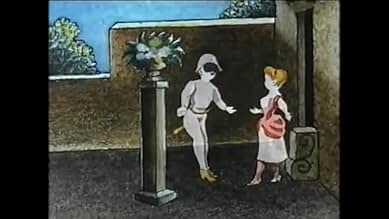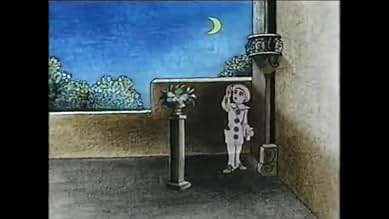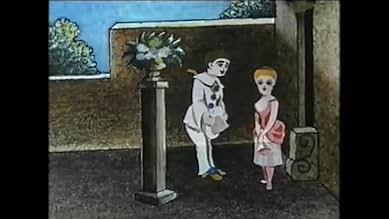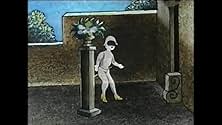History lesson time! Back when films were viewed as magical gimmicks rather than an art form, inventor Reynaud made advancements on the standard zoetrope that children would be hypnotised by, and patented the praxinoscope. The difference? The ability to give further dimensions to the strips that are used to project a flowing film. And that's where Pauvre Pierrot comes in (roughly translated as "Poor Pete"), part one of three short stories that combined to produce Reynaud's 'Pantomimes Lumineuses'. Whilst the other two are considered lost, this third has had four minutes restored from its original fifteen minute runtime. And much to my surprise, it's just as viewable now as it was back in 1892.
The straightforward plot consists of a man teasing another man to scare him away from a woman he was trying to woo. The limited fluidity resulted in the story being as clunky as various frame transitions (occasionally pausing on every third strip), but for such an experimental ancient silent film, the story isn't exactly at the forefront. It's the innovation, and Reynaud was an innovator through and through. Just by staring at the detailed drawings that are able to exude featured facial expressions, you get a sense of commitment from Reynaud. The lack of narrative interest is seemingly masked by the grandeur of this static backdrop, and it's still stupendously amazing to watch today. Will I remember it next week? Most likely not. However it's imperative to appreciate the milestones that paved the way for films today, and Pauvre Pierrot is a technical achievement.


















